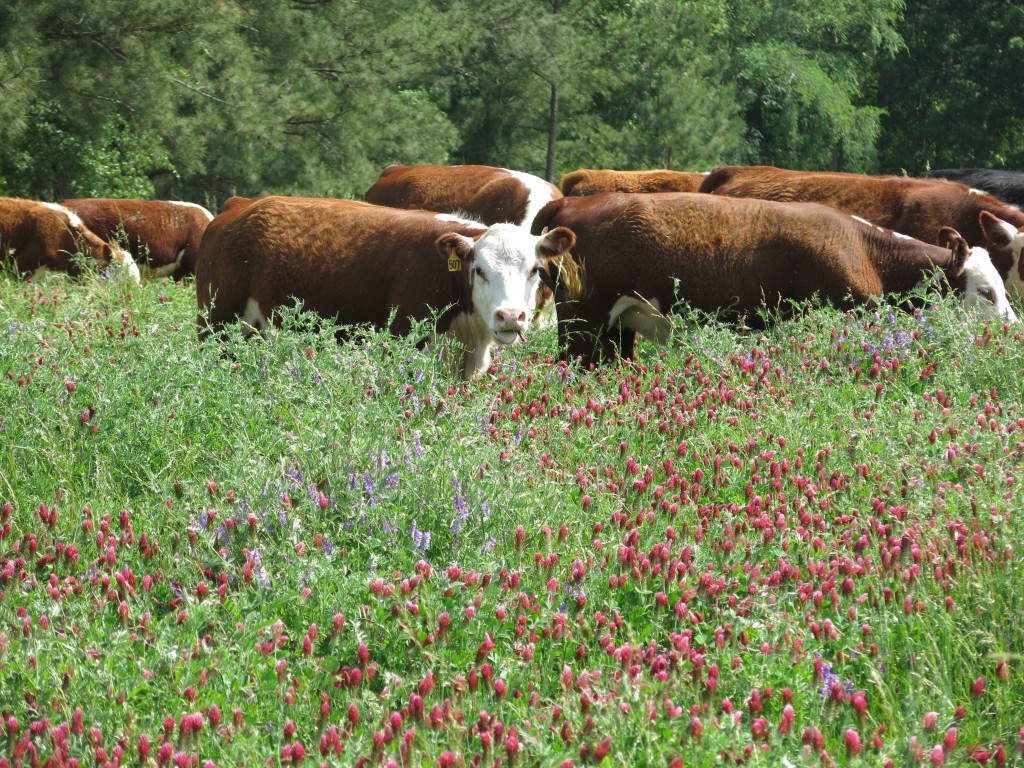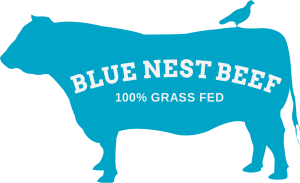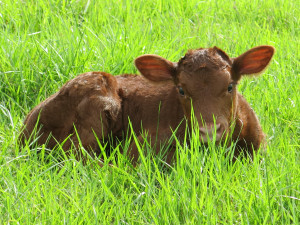Posted on January 6, 2017 by Russ Conser
What is soil organic matter, how did it get there, and what does it do?
Most people understand that all life is based on carbon. Photosynthesis is the process in which plants take CO2 from the air, and H2O from the ground, and use solar energy to power the
conversion of molecules into organic matter. The organic matter is made of carbon, hydrogen and some oxygen, with most of the oxygen respired back into the air. All carbon in all life started as CO2 in the air and then entered the cycle of life by way of a growing plant.
But what few notice is that the full cycle of carbon includes much magic hidden underground – literally. Although mostly made of carbon, hydrogen and oxygen, the plant also requires other nutrients to grow. For example, nitrogen, required for all amino acids, originates in the air, but enters the plant through the roots. The full array of micronutrients required for the plant to grow, including calcium, magnesium, iron, and dozens of other minerals, all originate in the soil and enter the plant via its roots. Even in the case of synthetic fertilizers, nitrogen originates from the air and minerals from the soil – just from hundreds or thousands of miles away.
When we don’t add those nutrients synthetically, these nutrients all come by way of a highly diverse and complex microbial ecosystem in the soil. The soil microbiome extracts the nitrogen from the air and the minerals from the soil parent material. Adaptive Multi-Paddock (AMP) grazing is designed to drive this microbial ecosystem to its peak performance using three pathways:
Manure – Manure is a complex array of partially digested plant biomass and diverse microbial life. It is the part of what was eaten that could not be readily converted into energy or the growing body mass of the animal. One of the key benefits of AMP grazing is that the manure is more evenly distributed across the land[1]. This doesn’t simply dilute a problem – it creates an important soil carbon asset. When pesticide and dewormer use is avoided, insects (e.g. dung beetles) and worms actively tap manure as a resource – breaking it down and carrying it down into the soil.
Trample – Trample is the fraction of the plant biomass left behind after grazing that is in contact with the ground. After grazing, some biomass is left standing and regrows, but some has been ground into the soil. Like manure, this biomass becomes a resource for worms, bacteria and fungi that break it down into nutrients[2]. Although much of this ends up being respired by the microbes back into the air, some of it is incorporated into the soil and thus feeds the soil organic matter ecosystem.
Root Exudates – The most significant pathway for growing soil organic matter is root exudation. Stated simply, plant roots leak – on purpose. Plants allocate anywhere from 10 to 40+% of the sugars they make via photosynthesis to feeding soil microbes[3]. This sugar is the ‘paycheck’ by which plants ‘hire’ microbes to bring back the nutrients that plant needs to grow[4]. Importantly, exudation is happening while the plant is growing. When grazed, the herbivore sends a plant back to the point of maximum rate of growth, and thus the maximum rate of exudation of sugars from roots.
Thus, AMP grazing actually drives the force that ‘pumps’ CO2 from the atmosphere into the soil microbiome. Root sugars feed the soil microbiome more pervasively and to a deeper depth than manure and trample. Exudates enable cycling of nutrients from parent soil material at deeper and deeper depths over time in support of deeper roots. Manure, trample and root exudation work together to grow the overall volume of organic matter accumulated in soil.
When we grow organic matter in soil, we are literally taking carbon from the air and putting it to work in soil in a cycle that helps grow more grass. Soil organic matter is like a soil carbon battery that provides the underlying energy for the cycling of life. If the grazing herbivore isn’t present, the air-plant-soil carbon cycle doesn’t work right and the battery goes under or uncharged.
References
[1] Peterson, P. R., and J. R. Gerrish. “Grazing management affects manure distribution by beef cattle.” Proc. Am. Forage Grassland Council, Lexington (1995): 170-174.
[2] Kögel-Knabner, Ingrid. “The macromolecular organic composition of plant and microbial residues as inputs to soil organic matter.” Soil Biology and Biochemistry 34.2 (2002): 139-162.
[3] Bais, Harsh P., et al. “The role of root exudates in rhizosphere interactions with plants and other organisms.” Annu. Rev. Plant Biol. 57 (2006): 233-266.
[4] Kallenbach, Cynthia M., Serita D. Frey, and A. Stuart Grandy. “Direct evidence for microbial-derived soil organic matter formation and its ecophysiological controls.” Nature Communications 7 (2016): 13630.
 At long last, the day is finally here where we can go big!
At long last, the day is finally here where we can go big!

